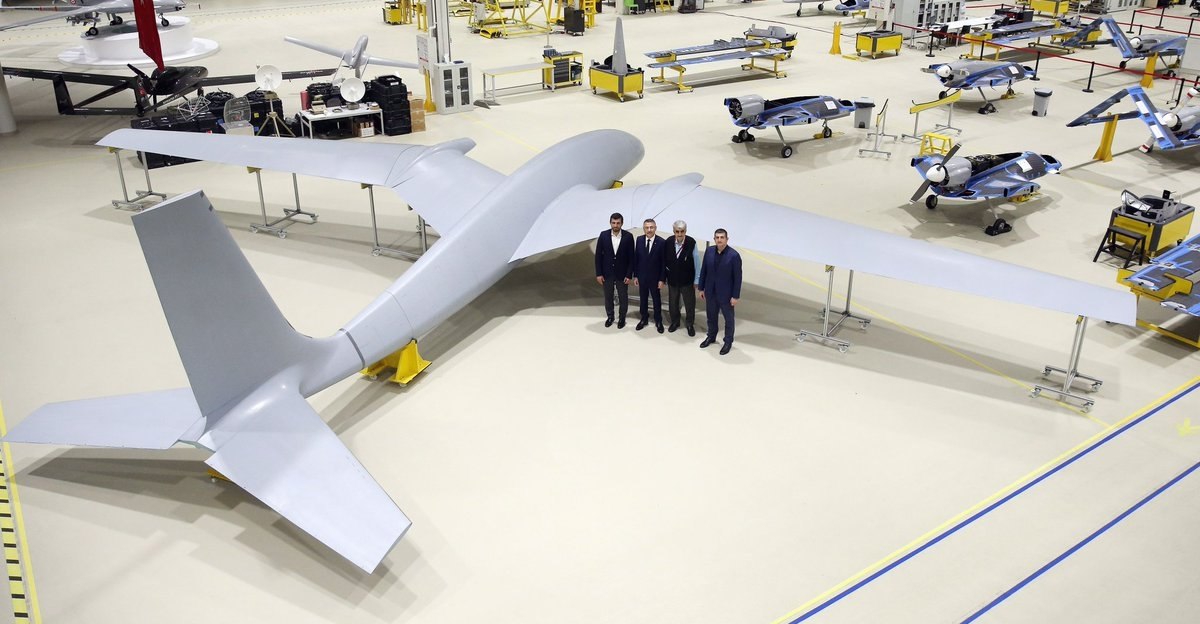A privately owned Turkish drone specialist has installed the wings on its unmanned fighter jet currently in development.
Selçuk Bayraktar, the chief technology officer at Baykar Makina, announced the progress on the Uçan Balık/Akıncı program (Flying Fish/Raider in Turkish).
Bayraktar shared photos of the Akıncı on social media after the assembly of the aircraft’s wings. “It [the program] is progressing as scheduled,” Bayraktar said. Turkey’s vice president, Fuat Oktay, visited the Baykar Makina production unit to inspect the Akıncı.
Bayraktar believes the platform’s development foreshadows a more advanced version of itself down the road.
“We are hoping to have our first unmanned fighter aircraft by 2023. We are also hoping to fly our first unmanned aerial vehicle that can carry up to 1.5 tons of payload for strategic missions in 2019,” Bayraktar said.
Baykar is Turkey’s leading privately owned drone specialist. It has supplied 58 unarmed and armed drones to the Turkish military that are mainly deployed in areas (southeastern Turkey, northern Syria and northern Iraq) where the country is fighting Kurdish militants. Fifteen Baykar drones are simultaneously on duty for counterterror missions. The company wants to raise that number to 50.
Baykar’s TB-2, a drone that comes in both armed and unarmed versions, is mainly deployed in Turkey’s southeast to combat Kurdish militants. The armed version uses the MAM-L and MAM-C, two miniature smart munitions developed and produced by state-controlled missile-maker Roketsan.
Industry sources say Turkey’s industry also is developing BSI-101, a signals intelligence system, for the TB-2 to end the country’s dependence on American-made SIGINT systems for drones.
The TB-2 can fly at a maximum altitude of 24,000 feet for up to 30 hours. Its communications range is 150 kilometers. The aircraft can carry up to 55 kilograms of payload.
“We (the world) are decades away from fully unmanned fighter aircraft. But for countries like Turkey that fight asymmetrical warfare, the gear built between full unmanned fighters and today’s armed drones will be crucial,” a senior defense procurement official said.
Source: Defense News

